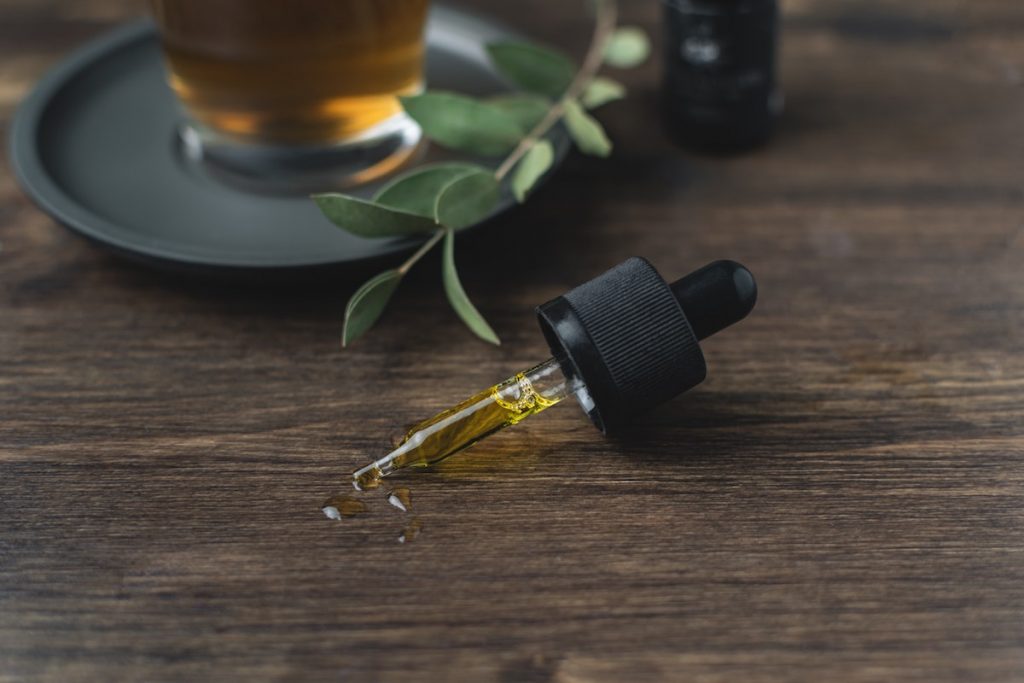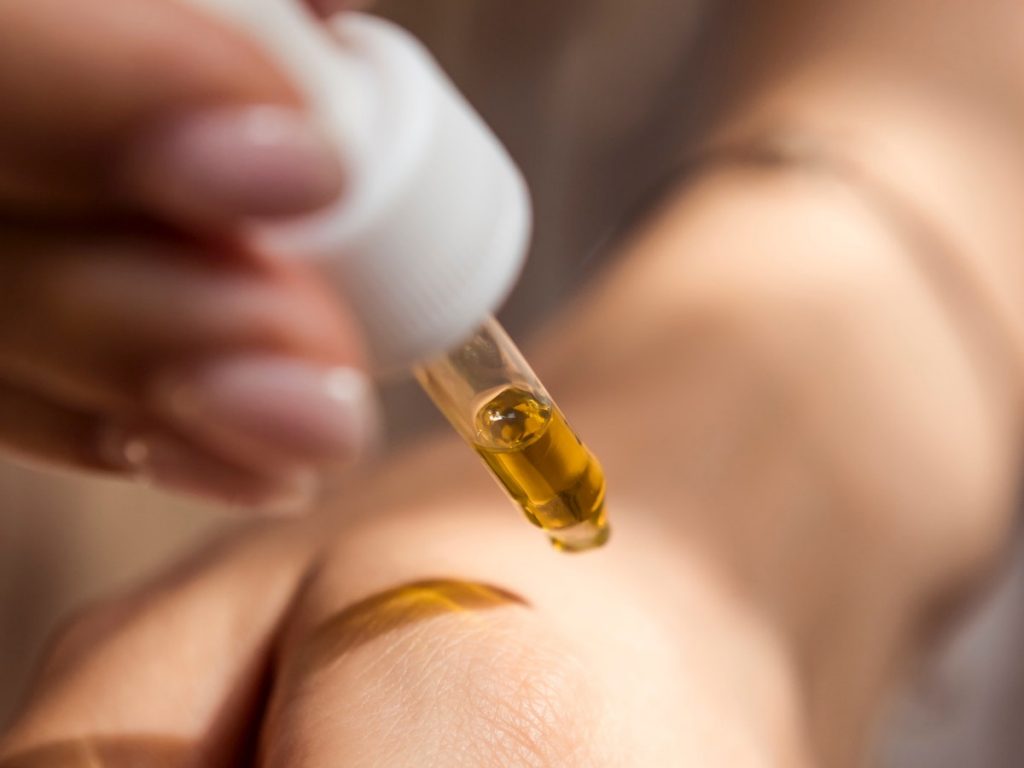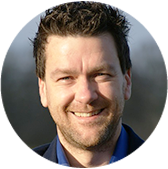Neurofeedback and CBD are two well-studied solutions for improving mental and cognitive conditions. When the two are paired, they can help reinforce the brainwaves’ chemistry and function, while also fortifying your brain’s ability to deter any future spells of anxiety, depression, memory lapses, and many other complex neurological conditions. While the two are powerful on their own, together, they have a synergistic effect. Understanding how they do so is crucial in maximizing their effectiveness.
Erin Badour is the co-founder and executive director of NeuroZone. Here, she and her expert team utilize neurofeedback technology to give their clients a safe and effective solution to treat a wide array of mental conditions. From ADHD to PTSD to depression and anxiety, Erin and her team construct a personalized approach tailored precisely to each patient. If you would like to learn more about how neurofeedback can treat you, please schedule a complimentary consultation at either our Playa Del Rey, Redondo Beach, or Santa Monica offices. To reach us directly, please call:
Playa Del Rey & Santa Monica: (310) 821-3640
Redondo Beach: (424) 247-8193
About Neurofeedback
Neurofeedback is a branch of biofeedback where the patient learns how to deliberately regulate their brain’s activity to consciously transition into a more relaxed mental state. During a neurofeedback session, the patient wears leads around their head that read their brain’s current activity. These leads monitor what waves the patient’s brain is emitting and provide positive feedback in the form of a beep when the brain is operating within the desired range. Day and night, the brain operates on many different wavelengths. These waves range from helping us be attentive, creative, relaxed, day-dreamy, and on high alert. However, when the wrong waves are produced at the wrong time, this can cause chronic symptoms of anxiety, depression, and ADHD. To remedy this, neurofeedback helps the patient become aware of when their brain is and isn’t performing optimally within the desired “Anxiety-Free” wavelengths. Through positive feedback in the form of beeping, when the brain is emitting the appropriate wavelength, the patient gradually learns how to regulate their mental processes on their own and easily transition into a more relaxed default mental state.[1]
About CBD
Over the past couple of years, cannabidiol (CBD) has started to gain more interest for its broad therapeutic potential. CBD is a non-psychoactive chemical that makes up half of the hemp plant. Throughout history, it has been utilized for its medicinal properties by nearly every culture from ancient Persian medicine to Native American tinctures to relieve headaches, gastrointestinal issues, and depression.[2] Now, with a renewed interest in CBD’s medicinal applications, scientists and researchers are discovering new facets of what CBD can treat. For example, evidence shows that CBD enhances cerebral blood flow in the hippocampus. This may improve disorders related to hippocampal dysfunction like Alzheimer’s, PTSD, and depression – even going so far as to theorize that CBD can restore structural damage found in certain spheres of the brain.[3][4] Also, CBD has been shown to decrease autonomic arousal, signs of fear-related stress and anxiety, and provide a tranquil, balanced feeling to the consumer.[5] When taken regularly, CBD provides restorative, therapeutic, and non-psychoactive benefits to those who partake.
A Reinforced Approach
Now that we understand the relationship that each of these therapies has to brain function, what are the results when the two are married in a comprehensive treatment approach? As iron sharpens iron, so too does neurofeedback and CBD. When CBD is added to a neurofeedback treatment protocol, it can supply further aid to alleviate chronic symptoms of anxiety, PTSD, depression, and many other neurological conditions.[6] By increasing cerebral blood flow, CBD can help your brain receive a higher influx of beneficial nutrients to aid in your neurofeedback training. However, CBD is only legal in various forms across the country for persons over 18 and in some states, like California, over 21. So, although this reinforced approach will help many adults with chronic mental conditions, it is not recommended for children or adolescent teens.
While CBD and neurofeedback on their own soothe many neurological conditions, together, they further enhance the other’s potential. To see how neurofeedback can quiet your neurological symptoms, please don’t hesitate to schedule a complimentary consultation at one of our three offices.
Personal Consultation
Erin Badour is board-certified in speech and language pathology as well as neurofeedback. She has extensive experience working with patients from all walks of life and has a strong background in utilizing comprehensive neurofeedback training to help patients with various neurological conditions. This safe, effective, drug-free approach to mental health has given many of her patients a new outlook on life. Where pharmacological approaches have led some of her patients to undesired outcomes, neurofeedback has given them tangible, profound results for their mental health and emotional well-being.
At your consultation, Erin will want to learn about your current mental health and emotional well-being. She believes in treating the patient – not the problem. So, she will want to gain an overarching view of where exactly you’re coming from and how her services may assist you. Erin will listen, take notes, and talk through your areas of concern. Then, if she believes neurofeedback will alleviate your specific neurological condition(s), she will schedule a qEEG Brain Mapping session.
qEEG Brain Mapping
A qEEG Brain Mapping session begins with a white cap made up of leads and sensors placed on your head. The leads and sensors detect two types of information:
- The type of brainwaves emitting from the brain
- The number of brainwaves present in the brain
By analyzing this data, Erin and her team can palpably see where the trouble areas exist in your brain. Next, you will undergo a series of assessment tests. These tests will evaluate your reading skills, ability to focus, and cognitive and executive function. Compiling these results with your qEEG Brain Map, Erin will be able to create a personalized treatment plan to treat you.
Personalized Protocols
During your neurofeedback session, we will have you recline comfortably in one of our chairs. Then, we will place small leads and sensors around your head, focusing on the trouble areas pinpointed by your qEEG Brain Map. These leads and sensors do not send any electrical activity into the brain, rather they monitor the current state of your brain. These leads and sensors will use positive feedback in the form of a beep to inform you of when your brain is operating at the desired wavelength. Over the course of your sessions, this positive feedback will shepherd your brainwaves into this “Anxiety-Free” zone and allow your brain to use the appropriate waves at the appropriate time – resetting your brain’s default mode.
Results
After completing your neurofeedback training, you will notice that old triggers don’t affect you like they once did. Many patients report positive results after only a few sessions. The more sessions they undergo, the more those results become solidified in the brain. Now, you will still be prone to common experiences of anxiety and depression – those are a normal part of being human. But, neurofeedback helps you learn how to train your brain to stop producing unnecessary anxiety or depression-causing brainwaves and to supply the brain with calming waves instead. With neurofeedback, you can experience effective, positive results that aren’t contingent on pharmacological interventions. With neurofeedback, you can finally become the you you’ve wanted to be.
Cost
The cost of your neurofeedback protocols will depend on the number of sessions needed to achieve your desired results. If you would like to learn more about pricing, please schedule a complimentary consultation or give us a call at:
Playa Del Rey & Santa Monica: (310) 821-3640
Redondo Beach: (424) 247-8193
References
- Ossadtchi, A., Shamaeva, T., Okorokova, E. et al. Neurofeedback learning modifies the incidence rate of alpha spindles, but not their duration and amplitude. Sci Rep 7, 3772 (2017). https://doi.org/10.1038/s41598-017-04012-0
- Mia Touw (1981) The Religious and Medicinal Uses of Cannabis in China, India and Tibet, Journal of Psychoactive Drugs, 13:1, 23-34, DOI: https://doi.org/10.1080/02791072.1981.10471447
- Bloomfield, M., Green, S. F., Hindocha, C., Yamamori, Y., Yim, J., Jones, A., Walker, H. R., Tokarczuk, P., Statton, B., Howes, O. D., Curran, H. V., & Freeman, T. P. (2020). The effects of acute cannabidiol on cerebral blood flow and its relationship to memory: An arterial spin labelling magnetic resonance imaging study. Journal of psychopharmacology (Oxford, England), 34(9), 981–989. https://doi.org/10.1177/0269881120936419
- Beale, C., Broyd, S. J., Chye, Y., Suo, C., Schira, M., Galettis, P., Martin, J. H., Yücel, M., & Solowij, N. (2018). Prolonged Cannabidiol Treatment Effects on Hippocampal Subfield Volumes in Current Cannabis Users. Cannabis and cannabinoid research, 3(1), 94–107. https://doi.org/10.1089/can.2017.0047
- Blessing, E. M., Steenkamp, M. M., Manzanares, J., & Marmar, C. R. (2015). Cannabidiol as a Potential Treatment for Anxiety Disorders. Neurotherapeutics : the journal of the American Society for Experimental NeuroTherapeutics, 12(4), 825–836. https://doi.org/10.1007/s13311-015-0387-1
- Elms, L., Shannon, S., Hughes, S., & Lewis, N. (2019). Cannabidiol in the Treatment of Post-Traumatic Stress Disorder: A Case Series. Journal of alternative and complementary medicine (New York, N.Y.), 25(4), 392–397. https://doi.org/10.1089/acm.2018.0437






